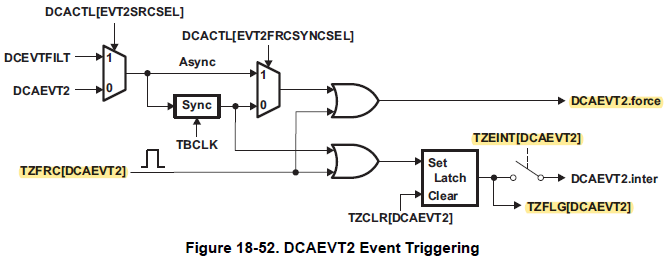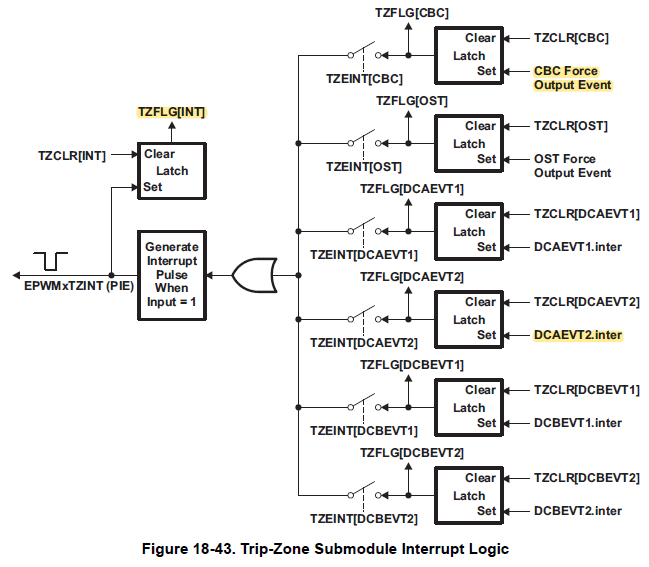Tool/software: Code Composer Studio
Hi
I would like to change the code of digital buck converter PWM from one-shot to cycle by cycle. I have reviewed a code on example epwm_ex1_trip_zone CCS project. I copy these code from the project to buck_F28004x but not successful. Any hint how to do it?
BR
HK Woo



